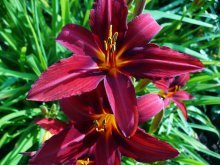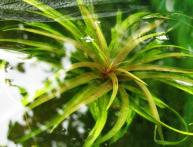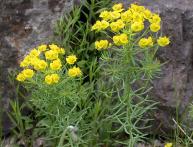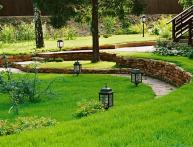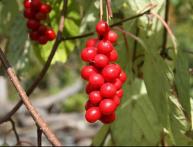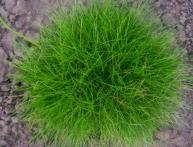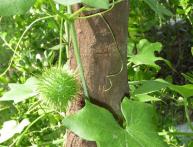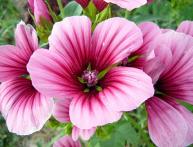How to grow daylilies in landscape design?
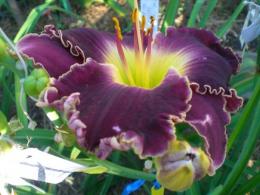
In landscape design Many varieties of different colors are used. But it is best to use the most unpretentious flowers that can grow both in the sun and in the shade. Daylilies are often used in landscape design. This plant is very hardy and can grow under almost any circumstances.
Content:
Features of daylilies in landscape design
The main condition when using daylilies is to plant them in a bright place. This crop does not tolerate shade very well. For the flower to fully develop, the daylight hours must be at least seven hours. It is better to plant dark varieties of flowers (black, red, purple) in partial shade, otherwise their pigment will disappear and the plant will take on an unattractive appearance.
Light varieties can be placed anywhere, as their rich tones in light places will be even more beautiful and brighter. Growing daylilies in the northern regions of the country is highly discouraged. For the bud to fully open, the ambient temperature must be at least eighteen degrees.
Low temperatures may prevent the bud from opening and it will not be able to please everyone around with its color. It is very important to prune them as daylilies grow. Then the plant will be able to take on the shape of a bush and buds will appear in large numbers. short Flower varieties are best used when arranging alpine slides and rockeries.
Daylilies pair best with dahlias, reed grass, catnip and kniphofia. To add contrast to the composition, yellow varieties of flowers are used. Purple daylilies pair well with Amethyst phlox. Experienced gardeners recommend planting daylilies together with bulbous flowers (tulips, delphinium, irises, hosts, crocuses).
At the same time, bulbous plants should be grown in the foreground. Plants are best planted against a bright background; this will give the composition an irresistible effect. As a background, you can use a green lawn, a hedge, or a group of trees that will cover the horizon. The background color should be chosen based on the color scheme of the daylilies themselves. It is best to plant yellow varieties on a dark background, while monochromatic plant colors are placed on a variegated background.
Planting and care
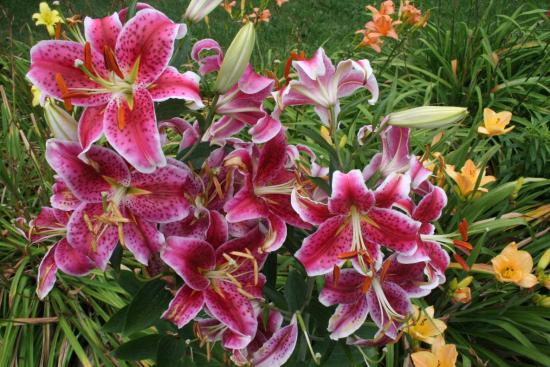
As mentioned above, there is room for landings daylily should be sunny. For some varieties you can choose partial shade. Large trees should not be planted near plants. Indeed, in this case, both plants will compete for moisture. It is recommended to plant daylilies from spring to autumn.
The exact planting time depends on the climate of a particular region. When winter approaches quickly, a flower planted in the fall does not have time to take root and dies. But if early forms of flowering were chosen for planting, then before the onset of frost they will have time to take root and the flower will have time to prepare for wintering. Mulching the bed will also help protect the plant from frost.
Before planting, the daylily needs to be prepared a little.To do this, it is soaked in ordinary water or diluted mineral fertilizer. At the same time, the roots begin to revive and swell. Any roots that have formed should be trimmed back a little. Next, you need to dig a hole for each bush, the depth of which is about thirty centimeters.
The distance between the bushes should be at least seventy centimeters, since the flowers grow over time to exactly this diameter. A mixture consisting of sand, peat, and humus should be poured into each hole.
Regarding mineral fertilizers, then you can add superphosphates or phosphorus-potassium fertilizers to the hole. Daylily roots are placed in the hole and distributed throughout the mound without leaving gaps. The hole with the planted flower is sprinkled with earth and watered abundantly. In order to ensure abundant flowering of daylily, it must be periodically fed with various fertilizers.
The type of fertilizer must be selected based on the condition of the soil. If there is not enough potassium in the soil, then potassium fertilizers are chosen, otherwise the leaves of the flower will quickly turn yellow. And phosphorus fertilizers will help the root system of the flower develop quickly. The very first fertilizing is done after the snow melts. In this case, fertilizers must be complex.
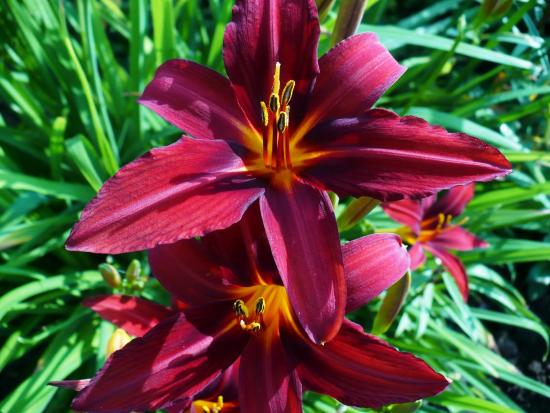
The second feeding should be done around the end of April. And the third feeding is carried out during the period of active formation of buds (June). The most recent feeding of daylilies is carried out in August in order to increase the number of flowers next year.
Diseases and pests of daylilies
Often daylilies susceptible to fungal diseases.But if you carefully care for your flowers, you can prevent fungal damage. Daylily can also have the following diseases:
- Root collar rot. The main symptom of this disease is yellowing of the leaves. Infection can spread to the root system. If this happens, the plant most likely cannot be saved. To prevent the development of this disease, it must be combated in the early stages of development. To do this, the affected plants should be treated with fungicides.
- Iris spot. This disease mainly affects leaves. Less commonly, the disease spreads to flower buds. Symptoms of the disease are manifested by the appearance of brown spots on the leaves. Over time, these spots turn into a gray coating.
To prevent depletion of the plant, certain preventive measures should be taken. All affected plants must be removed and the remaining flowers must be cultivated.
Video about daylilies in the garden and landscape design:


